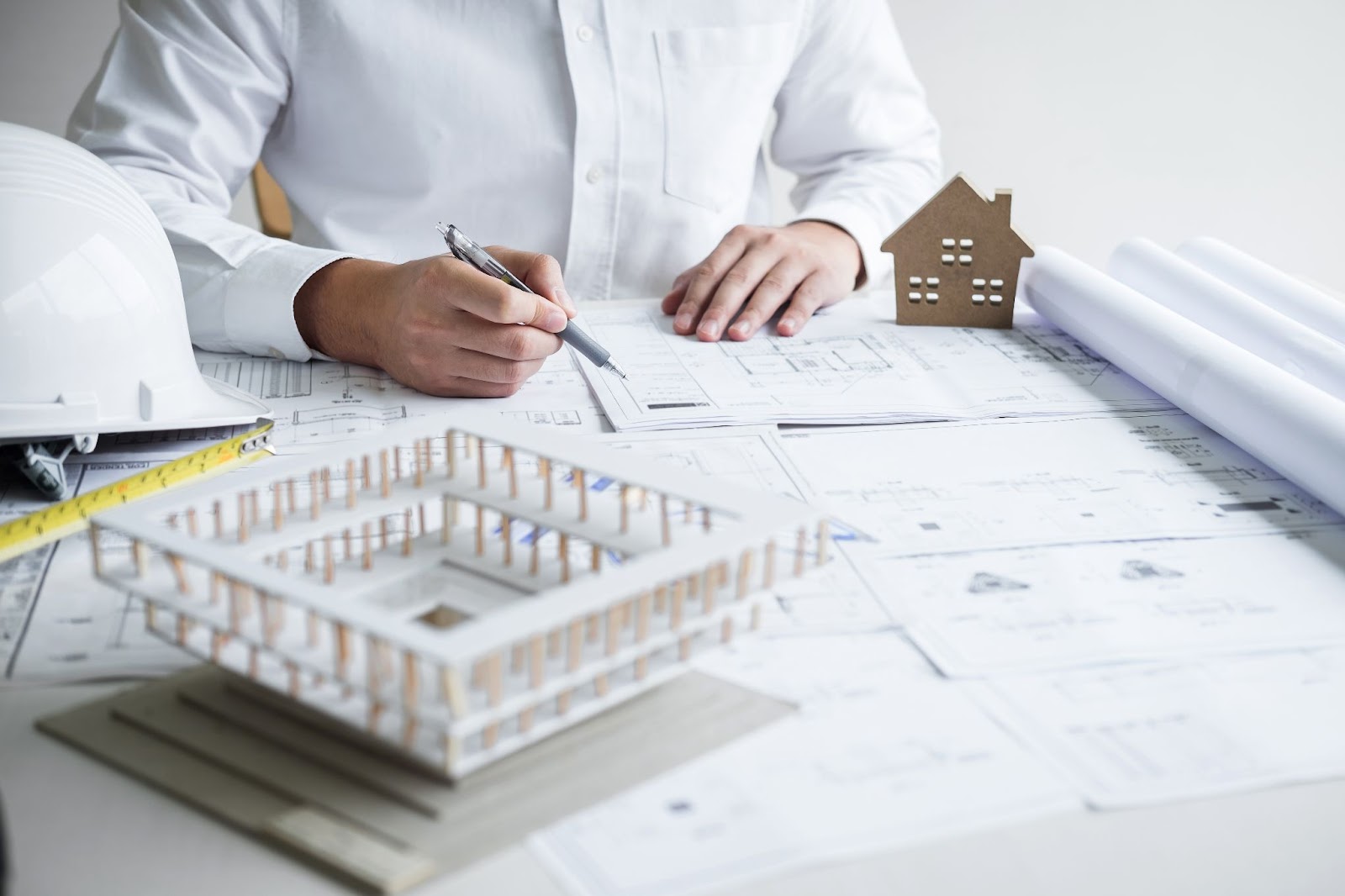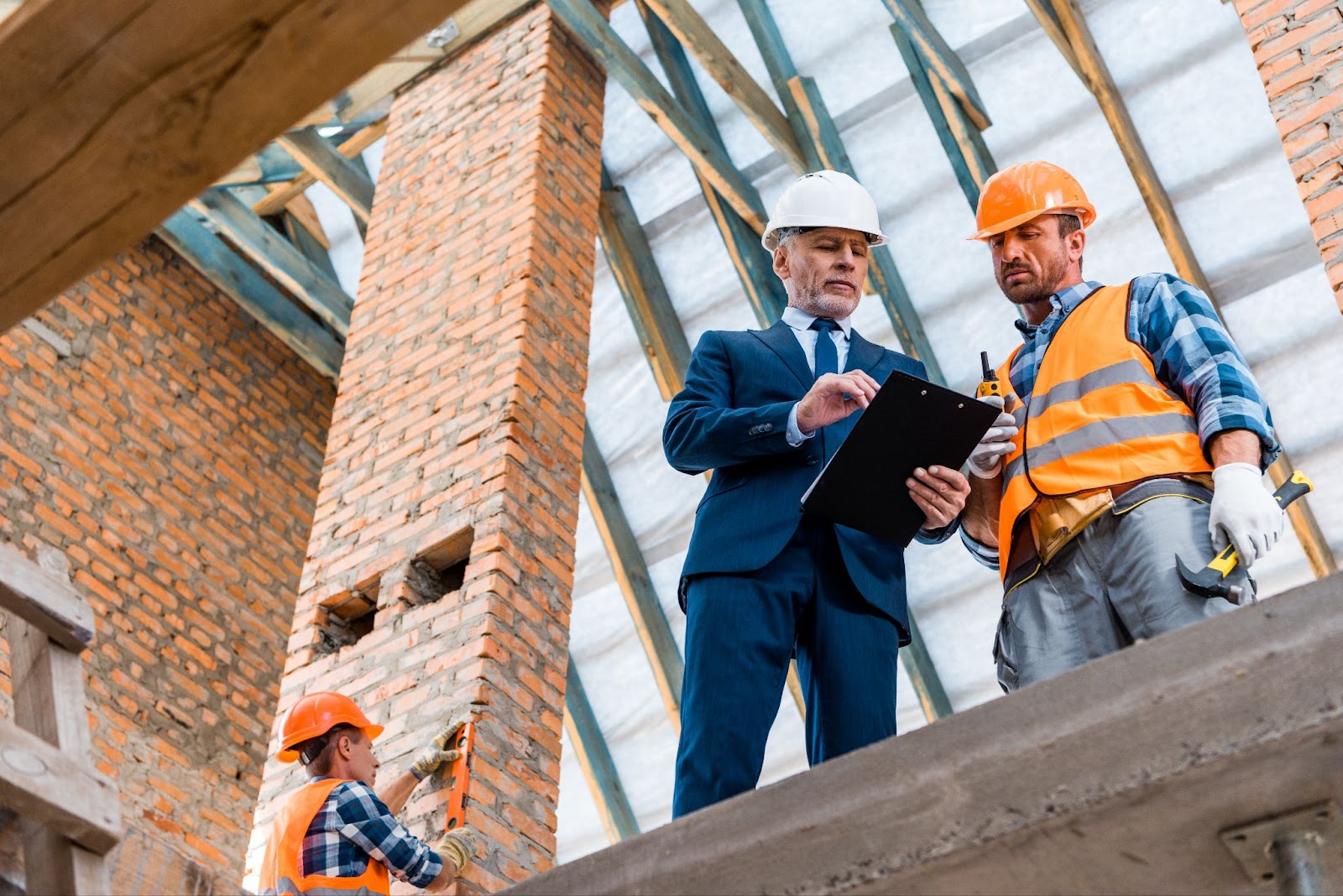Navigating the building approval process in Victoria can seem overwhelming, but with a clear understanding of the steps involved, you can ensure that your project complies with all necessary regulations and is set for success.
In this guide, we’ll take you through the essential steps to get building approval in Victoria in 2025.
1. Determine If You Need a Planning Permit
Before applying for a building permit, it’s important to determine whether your project requires a planning permit. Not all building work needs one, but most significant constructions, alterations, or developments involving land use will require planning approval.
Common projects that may require a planning permit include:
2. Engage a Registered Building Surveyor
Once you have confirmed the need for a planning permit (if applicable), the next step is to engage a registered building surveyor.
In Victoria, a building surveyor is responsible for assessing your plans and ensuring they comply with the Building Act 1993 and Building Regulations 2018.
Your building surveyor will:
-
Review your building plans and specifications
-
Issue the building permit if everything meets the requirements
-
Conduct mandatory inspections during the construction process
-
Issue an occupancy permit or certificate of final inspection once the construction is complete
You can either appoint a private building surveyor or contact your local council to provide one for you.
3. Prepare and Submit Required Documentation

To apply for a building permit, you’ll need to provide specific documents to the building surveyor. These documents ensure that your project complies with all necessary building regulations.
The required documentation typically includes:
-
Completed building permit application form
-
At least three copies of detailed building plans and specifications
-
Site and allotment plans
-
Any other required information as specified by your building surveyor
Make sure your documents are accurate and comprehensive to avoid delays in the approval process.
4. Pay the Building Permit Levy
The building permit levy is calculated based on the estimated cost of the building work. This levy must be paid before the building permit number is issued.
The building surveyor will provide details about the levy amount and the payment process, so be prepared to cover this cost to proceed with your application.
5. Obtain the Building Permit
After your building surveyor reviews your application and all necessary documentation, they will issue your building permit. This permit is your official approval to start construction.
Work cannot begin without it, so it’s crucial to have this step completed before starting any work on-site.
6. Undergo Mandatory Inspections During Construction
Once construction begins, there are several mandatory inspections that must take place at various stages to ensure compliance with the approved plans and building regulations. Common inspections include:
-
Pre-lining inspection
-
Waterproofing inspection
-
Final inspection
Your building surveyor will specify the necessary inspections and their timing, and it’s essential that these are completed as part of the construction process.

7. Obtain an Occupancy Permit or Certificate of Final Inspection
Once your building work is completed and the final inspection has been passed, the building surveyor will issue either an Occupancy Permit or a Certificate of Final Inspection.
These documents confirm that the building complies with all regulations and is safe for occupation.
8. Stay Informed About Regulatory Changes
The building industry in Victoria is constantly evolving, and staying informed about regulatory changes is essential for both builders and homeowners.
The Building Legislation Amendment (Buyer Protections) Bill 2025 introduces several new measures aimed at improving consumer protection and streamlining the building approval process.
Key changes include:
-
The establishment of the Building & Plumbing Commission
-
A developer bond scheme for multi-storey residential buildings
-
Expanded powers for rectifying building issues and expanded domestic building insurance coverage
These changes aim to enhance consumer protection and ensure that building projects are completed to the highest standards.
Publisher Website: www.homeshelf.com.au